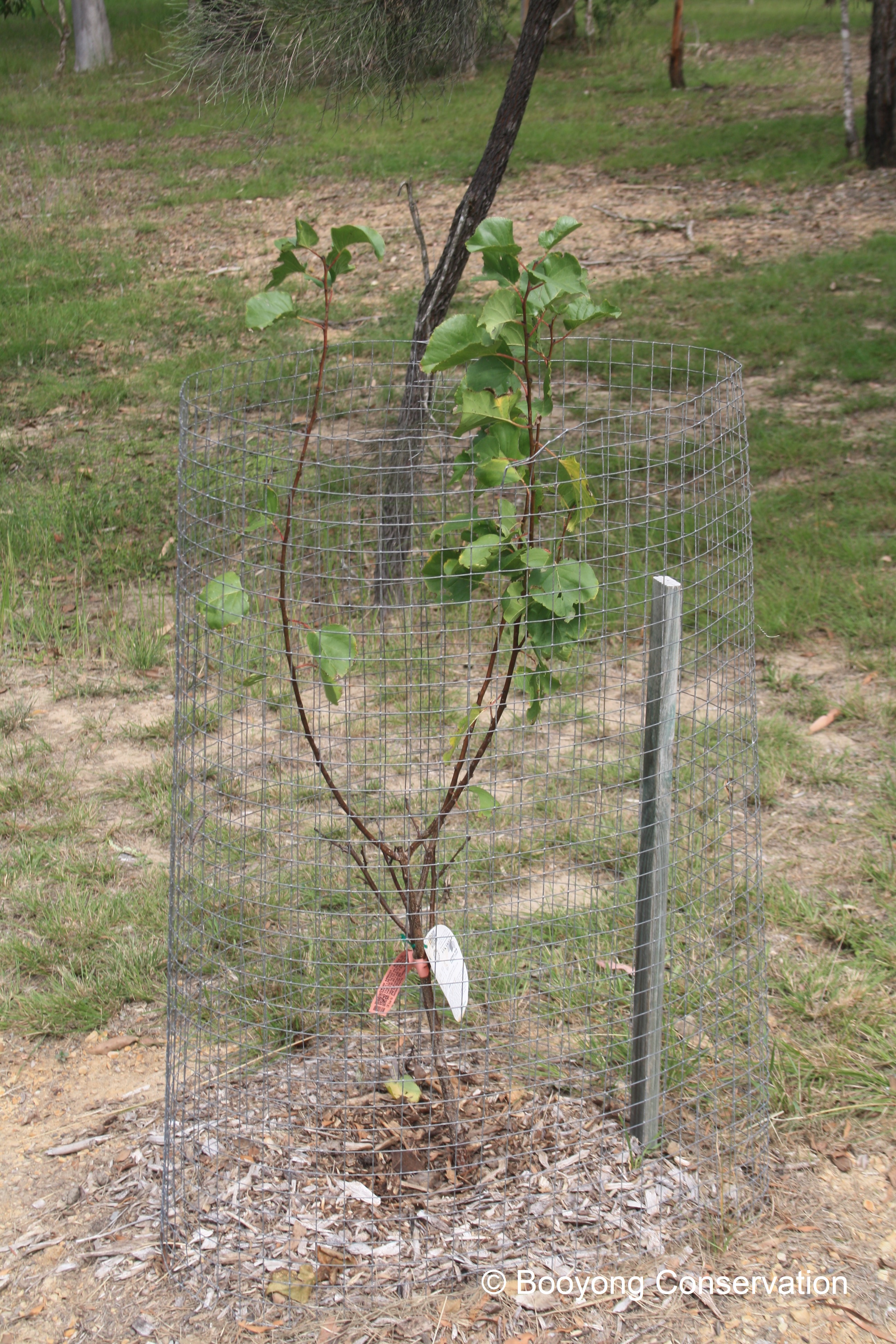One of my favourite childhood memories was raking up the leaves and fallen fruit from my friend Peacock’s big old apricot tree. It was the first fruit trees I remember and when we started adding to the food forest an apricot tree was a must.
Besides bearing delicious fruit, they are among the prettiest of all the deciduous fruit trees, bursting into white flowers in spring, and have attractive green heart shaped leaves that turn bronze-yellow in autumn. In summer, their canopy casts beautiful shade and their pruning’s make a useful firewood, so much value in one tree!
Another good thing about apricots is that they are easy to grow in most warm or cold temperate climates. Most varieties need a moderate amount of chill in winter, but the fruit really develops flavour in areas where summers are relatively hot and dry.
At Booyong our chosen tree is the Apricot Bulida ( Prunus armeniaca), a well known and popular Apricot that produces large golden orange fruit. The fruit is firm and very sweet and juicy. This self-pollinating tree grows to a height of 2m and a width of 2m. Fruits mature early to mid-December. Medium chill makes this a variety that can be grown in most temperate regions of Australia. Plant in a well-drained and well worked soil. Take care to plant the bud union above the soil level. Water in well and keep soil moist until tree is established. Fertilise when planting and again after new growth appears.
When we prune the tree in winter it will be just after picking the fruit to avoid bacterial infections getting into open pruning wounds. Apricots fruit on last year’s wood, so pruning will be minimal, restricted to pruning back old growth and shaping new growth.
Margaret Sirl recommends pruning at the end of April and a video can be found here: http://www.abc.net.au/local/videos/2009/06/23/2606206.htm
The best time to plant a new tree is in winter when the tree is dormant. They like deep, well-drained soil rich in humus, they like a soil ph. level of 6-7. Heavy soils can be improved by incorporating gypsum and organic matter and mounding the soil before planting. If your soil is below this range, add dolomite lime to the soil – if it’s higher, add powdered sulphur to lower the ph. Established trees are frost tolerant but we need to be mindful that late frosts may destroy blooms, so will be mindful of the seasons. Stone fruit need plenty of sun and good air circulation to minimise disease and a gentle slope facing north or northeast is ideal.
Regular light feeding in the first few years will encourage strong healthy root and canopy development and when the tree starts cropping, we will fertilise in Winter, Spring and Summer. They like a well-balanced organic fertiliser applying a good handful per square metre from the trunk to one metre beyond the outer canopy line. To them maximum health and fruit production, we’ll keep them well watered and when there’s no rain, give trees a good soak once a week and keep trees well mulched.
When harvested apricots can be cut in half, or we can remove the seeds or freeze whole and then process and make into jam later. They can even be blended with coconut cream and honey to make ice-cream. They could also be left in a cool space on a tray and dried out in the dehydrator.
We expect like all our fruit bearing trees, the possums, bats and birds are going to want a piece of the action, so when we get fruit after 2 more years (2021), we will be sure to net the tree at the appropriate time. We will expect the first fruits to ripen in November to March. So glad we brought the property when we did, so many of the fruit trees we are planting are going to take years to establish and provide fruit and it’s going to take time to learn about how to care for them.
